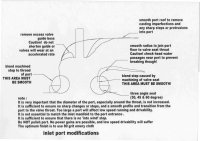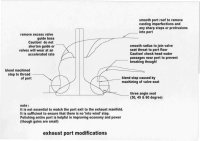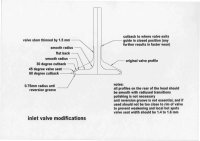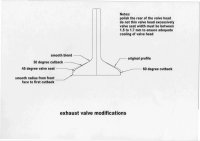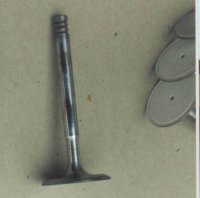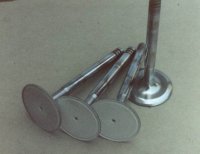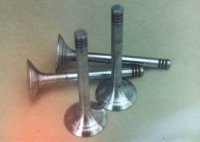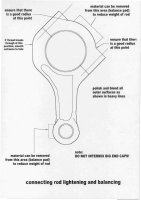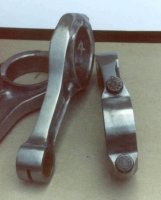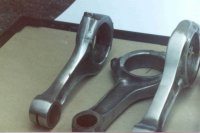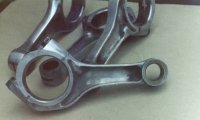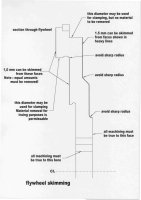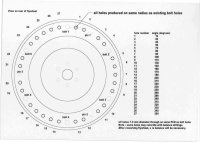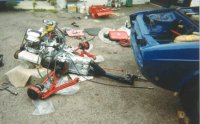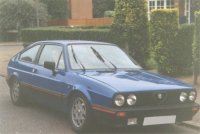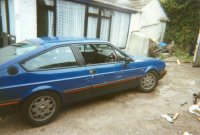The white coating on the valve faces is PYSZ (partially yttria stabilised zirconia) ceramic coating which I managed to get done for free as I work in the aircraft engine industry. It's a thermal barrier coating, whose benefits to the engine are largely confined to my head and the pub 'who's got the best engine' conversations. If it makes any difference, I can't notice it! The little hole in the centre of the valve head is so that when it was machined the valve didn't bend.
The 'anti reversion groove' is a way of preventing the inlet valve from behaving like the exhaust valve - it effectively makes it more difficult for the exhaust gas to flow past the valve into the inlet tract. This has the following benefits:
- it aids the scavenging of the cylinder
- prevents contamination of the inlet charge with exhaust gas
- strengthens the exhaust pulse signal
This helps bring the engine on to the cam a little earlier, and can make the low speed power a little better, and has no disadvantages if properly done.
The inlet valve is better if it is shaped like a penny on a stick, instead of a tulip shape like standard, but the exhaust valve can be left as it is. In each case, a three angle back cut to the head improves things, but make sure that the valve seats are the right size, and that there are no sharp edges on the back of the head. Thinning the stem of the inlet on the part that sits in the port helps too.
Make sure that the inlet manifold is matched to the inlet port, and that none of the gaskets or spacers create 'into wind' steps that obstruct flow. The standard matching of these bits are normally terrible, and are dead easy to improve.
